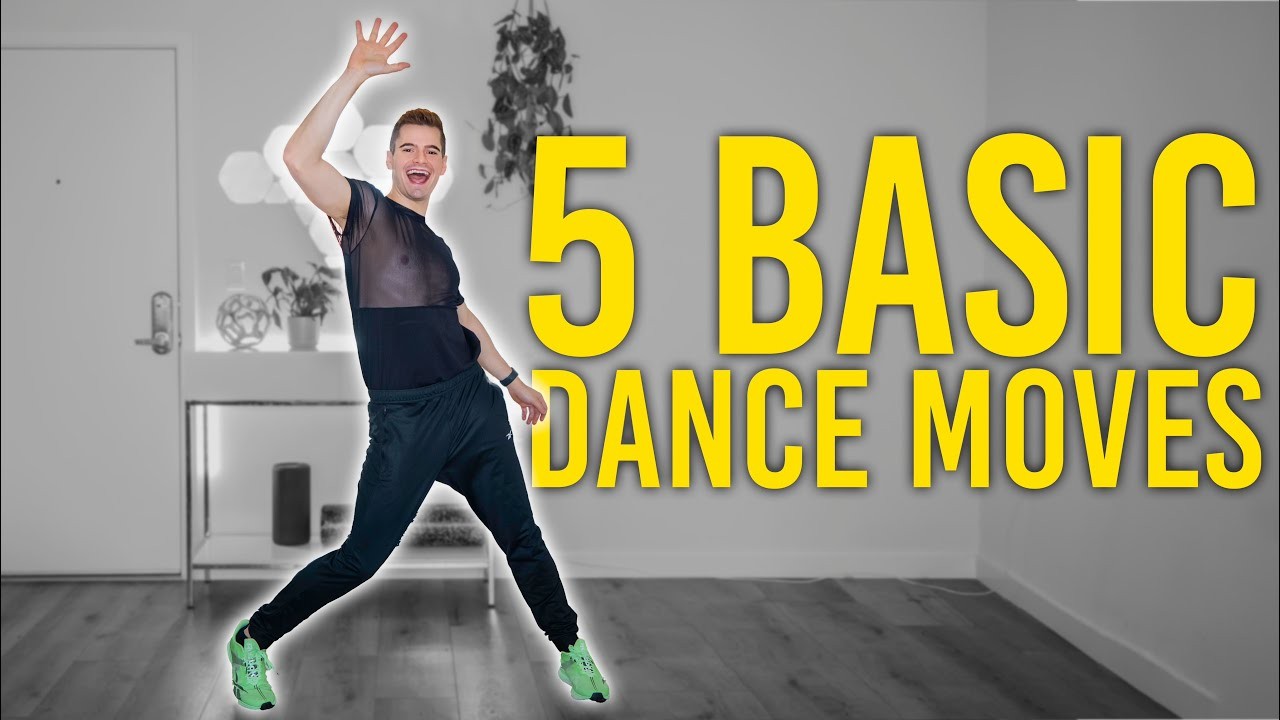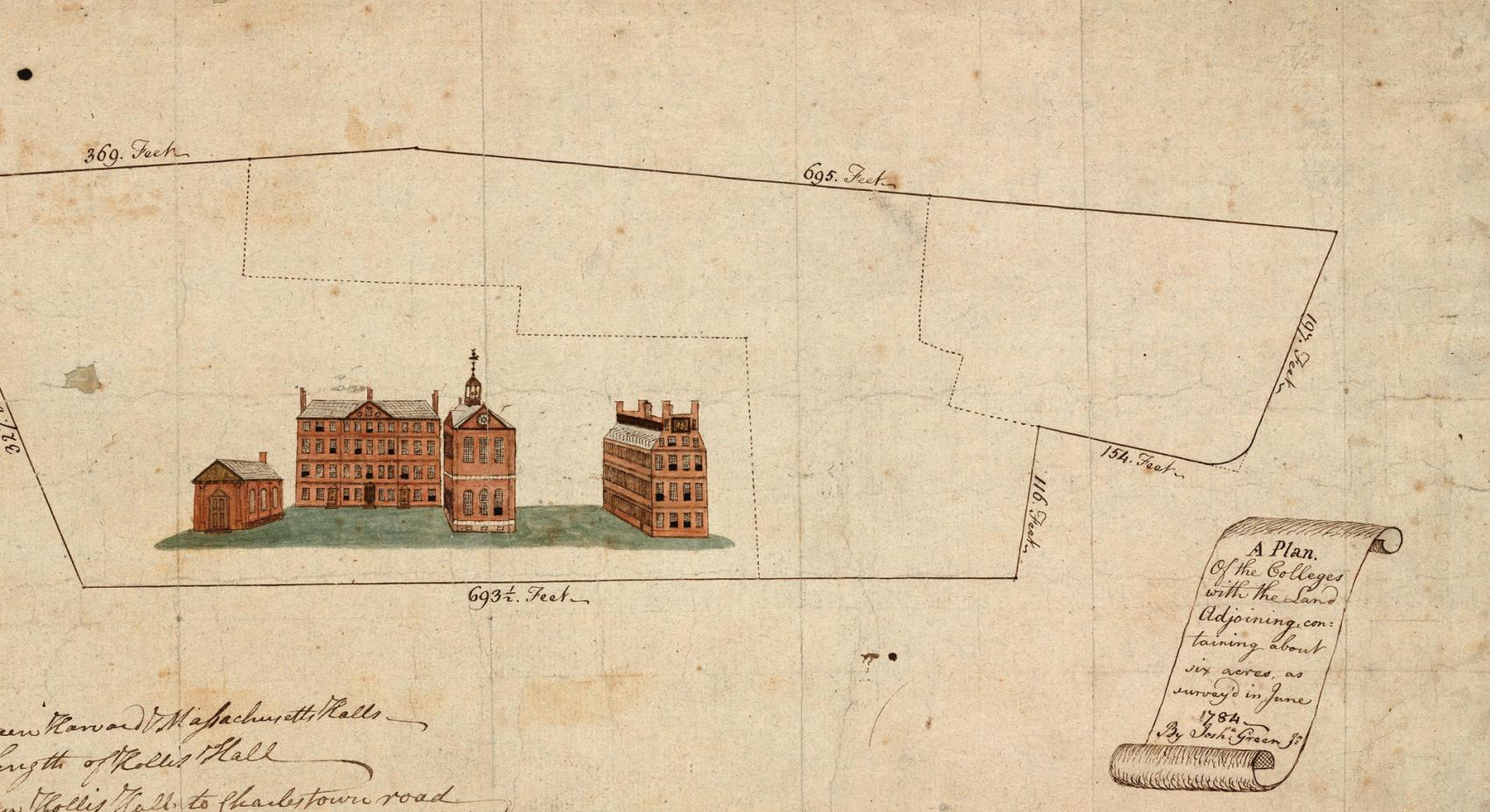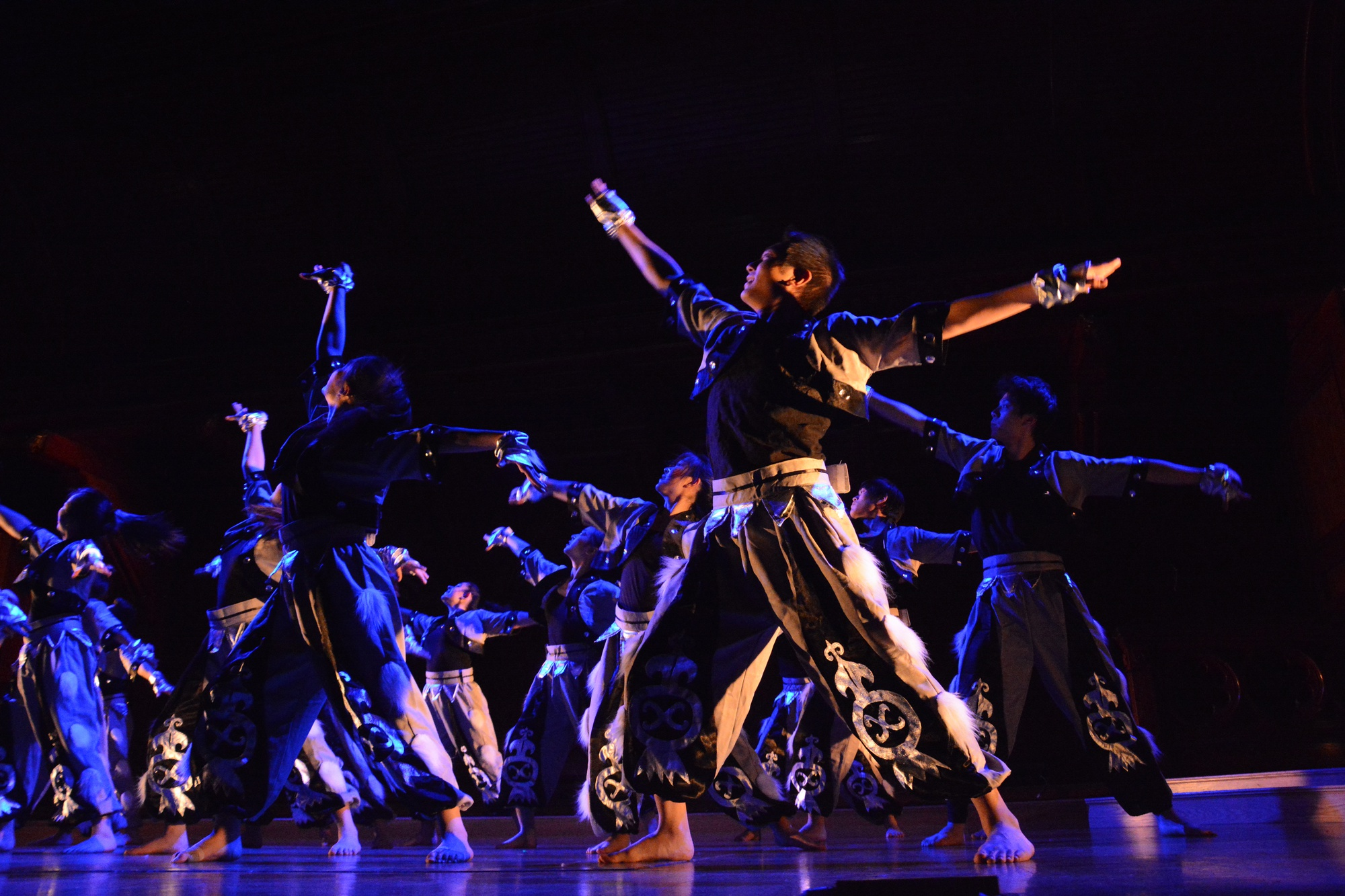
Dance Tips to Embrace Your True Self on the Floor
admin
- 0
When it comes to dance tips, many people often hesitate, fearing judgment or the need for perfection. However, embracing the freedom to “dance like no one’s watching” can open up a world of movement and self-expression through dance that is both liberating and fulfilling. Understanding various dance techniques can enhance your skills, but true joy comes from experimenting with your personal style and connecting with your body. Whether you’re tapping into the spiritual dance of ancient traditions or simply enjoying the rhythm of your favorite song, let go of inhibitions and allow dance release techniques to guide you. Discovering the power of movement as a form of expression not only promotes creativity but can also serve as a therapeutic outlet in your life.
Exploring the art of dance, or the practice of moving rhythmically to music, can lead to profound insights into both the body and spirit. This creative endeavor, which showcases various movement styles and forms, often helps individuals connect with their inner selves. Opportunities for self-expression through dance are abundant, whether they manifest in informal gatherings or structured classes. Engaging in dance release techniques allows practitioners to access deeper emotional states, fostering personal growth and healing. Ultimately, dancing transcends mere activity; it becomes a conduit for freedom and joy, echoing the essence of spirituality in motion.
Dance Tips for Self-Expression
Dance is not just a physical activity; it’s a powerful form of self-expression. Dance tips often emphasize letting go of the fear of judgment and tapping into your true feelings. To dance freely, one must first embrace the idea that it’s okay to be vulnerable. Whether you’re in a class or just practicing at home, the most essential tip is to remind yourself that the dance space is a safe zone where you can express your emotions without restraint. Martial artist Bruce Lee said, ‘Absorb what is useful, discard what is not, add what is uniquely your own.’ This philosophy applies wonderfully to dance as well. Allow each movement to reflect your individuality, transforming the way you see dance itself from a performance to a personal journey of expression.
In addition to liberating yourself from external judgment, exploring various dance styles can enrich your self-expression. Whether it’s hip-hop, ballet, or contemporary dance, each technique offers unique ways to communicate emotions. For instance, spiritual dance focuses heavily on connecting with one’s inner self and the universe, channeling energy to express joy or sorrow through movement. Implementing dance release techniques, such as improvisation or structured routines with a twist, can help unlock hidden emotions and personal narratives.
Unlocking the Trance of Spiritual Dance
Spiritual dance is a compelling practice that transcends the mere physical act of dancing. It is about entering a trance-like state that fosters deep emotional and spiritual connections. The concept of ‘djine foly’ from Mali highlights this beautiful intertwining of spirituality and movement, where dancers access a reservoir of joy and catharsis through their physical expressions. In many cultures, including within various black communities, dancing into a trance or catching the ‘holy ghost’ is seen as a way to connect with one’s ancestors and express profound joy. Embracing spiritual dance means trusting the process, allowing the music and rhythm to guide you into this heightened state of being.
Furthermore, engaging in spiritual dance can provide immense therapeutic benefits. Various dance techniques enable participants to release pent-up feelings and gain mental clarity. Classes often use methods that encourage vocal release, such as shouting or singing, to let go of inhibitions. This release can lead to extraordinary breakthroughs in personal journeys. These dance practices not only improve emotional well-being but also foster a sense of community and togetherness when done in groups, reinforcing the idea that you are never alone in your quest for joy and expression through dance.
The Importance of Dance Techniques in Learning
Understanding dance techniques is crucial for anyone looking to enhance their dance skills. Techniques such as footwork, body alignment, and rhythm allow dancers to refine their craft and express themselves more effectively. Whether beginners or experienced dancers, learning various styles and their respective techniques can greatly impact their performance. Incorporating traditional and contemporary dance forms can provide insights into storytelling through movement, allowing dancers to expand their repertoire.
Moreover, the application of dance techniques goes beyond aesthetics. They also serve as foundational tools for greater self-expression and emotional release on the dance floor. These elements encourage dancers to push their boundaries, explore new movements, and embrace vulnerability. Engaging with diverse dance techniques can unlock new dimensions in one’s performance, deepening the connection between what is felt internally and how it is expressed externally.
Dance Like No One’s Watching: Embracing Freedom
The phrase ‘dance like no one’s watching’ embodies the essence of liberating oneself from societal expectations while dancing. When individuals allow themselves to dance in a space free of judgment, they often tap into a profound sense of freedom and creativity. This mantra serves as a reminder that self-expression should never be stifled by fear or insecurity. Instead of focusing on how others perceive your dance moves, immerse yourself in the music and let your body flow.
Furthermore, embracing this mindset can spark immense enjoyment and discovery in one’s dance practice. It encourages authenticity, allowing dancers to reflect on their emotions and experiences through movement. Whether at home, in a class, or at a social gathering, the freedom to dance uninhibitedly promotes joy and personal growth, transforming each dance session into an enlightening experience of self-exploration.
Achieving Dance Release Techniques
Dance release techniques are fundamental in helping dancers unlock emotions and achieve a deeper connection with their bodies. These methodologies involve specific practices or improvisational styles that encourage movement without restriction, allowing dancers to feel liberated. For instance, letting loose with energetic moves can help shed the weight of daily stresses, offering catharsis and joy—a necessity in today’s fast-paced world.
In many dance classes, instructors encourage students to explore these release techniques through improvisation and vocalization. This helps students break barriers of self-awareness and performance anxiety. By embracing spontaneous movements, dancers can discover authentic expressions of themselves. Each session can become an opportunity for personal exploration, where the focus is on how the dance makes one feel rather than how it looks.
Connecting Through Dance: Community and Expression
Dance has an incredible power to foster community and connection. Participating in group classes or dance events allows individuals to share in the experience of expression and creativity. This communal aspect of dance creates a safe space where participants can feel accepted and understood. As dancers move together, they not only share their individual stories but also create a collective narrative that reflects shared experiences and emotions.
Moreover, community dance activities can often become a source of camaraderie and support among dancers. They allow participants to embody self-expression while feeling embraced by others who share similar passions. Through collaborative sessions, dancers can encourage one another to be their true selves, leading to richer, more meaningful performances. The relationships sparked in dance environments can carry beyond the studio, fostering lifelong friendships forged through the shared love of movement.
Expressing Emotions Through Dance
Dance serves as a powerful outlet for emotional expression, enabling individuals to convey feelings that words often cannot capture. People turn to dance not just as a recreational activity but as a therapeutic practice that allows them to explore their inner worlds. By embodying their emotions through movement, dancers can transform pain, joy, anger, and love into art. This cathartic process of expressing emotions helps to foster a sense of emotional release, making dance a valid form of therapy.
In various cultural contexts, dance has been used as a means to commemorate significant moments or unravel complex emotions. The art of storytelling through physical movements captures the essence of human experiences, creating a visceral connection with audiences. By acknowledging the emotional undertones of dance, performers can captivate their audience on a deeper level, making them not just spectators but participants in the emotional journey being unfold through every intricate movement.
Finding Your Dance Voice
Finding one’s dance voice is a journey of self-discovery that involves exploring personal styles, influences, and preferences. Every dancer has a unique story to tell through their movements, shaped by their individual experiences and emotions. Trying out various dance genres, from contemporary to traditional forms, allows dancers to experience how different techniques can influence their expressive voice. Ultimately, the goal is to find what feels most authentic and resonates deeply within.
Additionally, working on technique, improvisation, and choreography can help refine this unique voice. Whether through formal training or self-guided exploration, every dancer can develop their language. Sharing this dance voice with others opens pathways for connection, sparking conversations that transcend spoken language, ultimately enriching the vibrant tapestry that is the dance community.
The Joy of Dance: A Spiritual Encounter
The joy of dance is a profound spiritual encounter that transcends mere movement. When dancers fully immerse themselves in the rhythm, they often experience a form of transcendence—connecting with something greater than themselves. This experience is akin to those found in spiritual dance practices where movement becomes a vehicle for personal revelations and divine expressions. The elation one feels while dancing connects body, mind, and spirit, providing insights into life’s complexities and wonders.
Such spiritual engagements in dance not only enhance the joyous experience but also foster communities where individual expressions are collectively celebrated. Sharing these moments within a group can elevate the experience, transforming simple gatherings into sacred spaces of joy and connection. Dance becomes a celebration of humanity, where each individual’s unique contributions are woven into a collective tapestry of movement, celebration, and shared spirituality.
Frequently Asked Questions
How can I dance like no one’s watching?
To dance like no one’s watching, focus on self-expression through dance rather than technical perfection. Allow your body to move freely and express emotions without fear of judgment. This mindset encourages you to explore dance techniques that resonate with your spirit, leading to a more authentic dance experience.
What are some effective dance techniques for beginners?
Beginners can benefit from mastering fundamental dance techniques such as rhythm, footwork, and body isolation. Practicing these basics lays a foundation for fluid movement and helps you feel comfortable expressing yourself through dance. Regular practice and experimenting with different styles will enhance your confidence and skill.
What is spiritual dance and how can it benefit me?
Spiritual dance refers to dance that connects you to your inner self or a higher power, often fostering a sense of joy and release. Engaging in spiritual dance can help alleviate stress, improve mental health, and enhance self-awareness as you delve into your emotions and express them physically. A great example is the practice of djine foly in West African culture.
How can I use dance release techniques to alleviate stress?
Dance release techniques, such as letting go of inhibitions and expressing emotions through movement, can significantly reduce stress. Techniques like shaking, improvisation, or even group dancing help you release pent-up energy and emotions, leading to a cathartic experience. Remember, the key is to not worry about how you look; just let your body flow!
How does self-expression through dance impact my mental health?
Self-expression through dance has profound effects on mental health by promoting emotional release, boosting confidence, and reducing anxiety. Dancing allows you to communicate feelings that words may not express, creating a powerful outlet for stress relief. Engaging regularly in dance can lead to more profound self-discovery and personal growth.
| Key Point | Description |
|---|---|
| Visibility in Dance | Dance allows individuals to express their identity in a visible way, contrary to societal pressures to become ‘invisible’. |
| Catharsis in Movement | Dancing can unlock emotions and create a sense of relief similar to finding the perfect sentence in writing. |
| Cultural Practices | Practices like Djine Folly in Mali emphasize a trance-like state through dance, promoting joy and spiritual experiences. |
| Freedom of Expression | To truly enjoy dancing, one must release the concern of judgment and embrace freedom in movement. |
| Community Engagement | Dance is a communal activity that encourages connection and collective joy, enhancing the experience. |
Summary
Dance tips can transform your experience on the dance floor by encouraging a mindset of freedom and joy. Embracing the core belief that no one cares if you look perfect allows for authentic self-expression. Focusing on how dance can be a form of liberation, drawing from cultural practices, and accepting the joy of movement can significantly enhance your love for dance. Remember, the most important thing is to dance with intention and abandon, allowing your body to tell its story.

